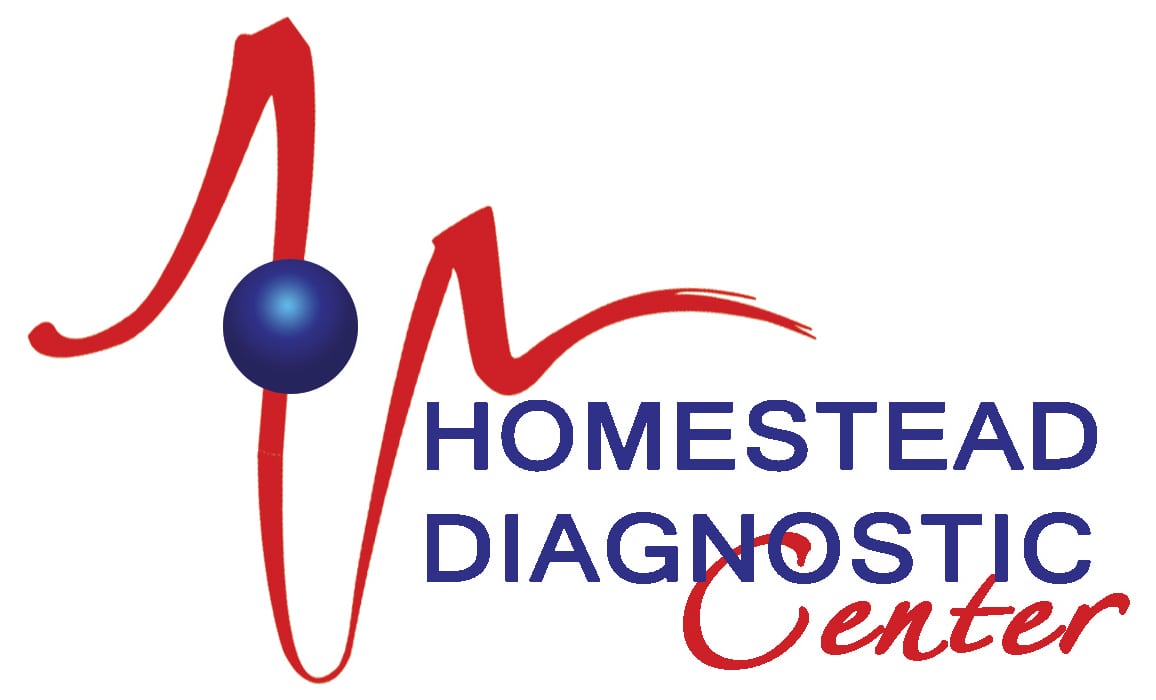X-Ray
Searching for a Safe and Affordable Digital X-Ray Clinic Near Homestead, FL?
All x-ray studies are performed on a walk-in basis with no appointments necessary.
Q:
What is an X-Ray?
A:
X-ray (radiography) is a quick, safe and painless test that produces images of bones, lungs, some of your soft tissue and internal organs.
The images produced help your doctor to diagnose and treat bone fractures, joint injuries, arthritis and many conditions involving the chest.
The History of X-ray
Wilhelm Roentgen, a German professor of physics, discovered x-rays in 1895 while experimenting with the passing of an electric current through gases at extremely low pressure. He observed that certain rays were being emitted which were able to penetrate cardboard, wood and even the human body. He used a photographic plate and was able to capture the first x-ray, his wife’s hand.
Digital vs. Film
There are several important advantages of digital x-ray over film x-ray (conventional radiography). During a digital x-ray, images are recorded on digital image capture devices much like a digital camera. These images can immediately be stored, viewed, enhanced or transferred. During a film x-ray, the film must be developed in a dark room which takes much longer, and the images are not in digital format. More importantly, digital x-ray uses less radiation and produces clearer images with better contrast and resolution.
Q:
How does an X-Ray work?
A:
During an x-ray, beams are produced by a special x-ray tube, sort of like a supercharged light bulb. The beams are sent through the body to highly specialized digital sensor plates, similar to those in a digital camera, only much larger.
Different parts of the body absorb the x-rays in varying degrees. Dense materials like bones appear white on an x-ray, while soft tissue such as fat and muscle are varying shades of gray. Lungs are mostly filled with air and appear almost black.
A computer then processes and records the images taken without any film being utilized. These electronically stored images are easily accessible and can be compared to other x-ray studies as needed.
Q:
How do I prepare?
A:
Although you do not need an appointment for an X-ray, you can request an appointment online or call us to book your appointment.
Bring with you to your appointment:
Prescription from your doctor
Current insurance card
Authorization number from your insurance carrier
Any forms you completed at home
Credit card or cash for your insurance co-pay
Any relevant imaging studies that you have from another facility, including the reports. We like to compare the MRI with any previous studies to assist in the diagnostic process.
Picture identification
Plan to arrive 15 minutes before your scheduled appointment.
Q:
What do I do when I arrive?
A:
Present your prescription, insurance card and completed forms at the front desk. If any additional forms are required, they will be given to you at this time.
Be sure to inform the receptionist and technologist if you:
Are pregnant, think you may be pregnant or are breast feeding
Have any metal or implanted medical device in your body.
Plan to arrive 15 minutes before your scheduled appointment.
Q:
What Happens During the Test?
A:
The technologist will position your body based on the type of x-ray being performed. You may be asked to stand, sit or lie down on the x-ray table.
A lead apron may be placed over your pelvis or breasts to protect from radiation. The part of your body being evaluated will be exposed to radiation for a fraction of a second to create the image.
Our radiologic technologists are trained to use the least amount of radiation possible to produce an image that will help with diagnosis. During a digital x-ray, the amount of radiation received is extremely low. Furthermore, our modern digital x-ray systems have tightly controlled x-ray beams and dose control methods to minimize radiation.
Q:
What Happens After the Test?
A:
One of our board certified radiologists interprets your X-ray images, compares them to any previous studies and dictates a report which is transcribed, proofread and signed.
The report is then faxed and mailed to your referring doctor within one or two days. Your doctor will read the report and review the findings with you.
All of your signed reports and images are available to your referring doctor.
Homestead Diagnostic Center is committed to providing the best and most reliable digital X-Ray services in the industry. If you have any questions for our radiology clinic, please contact us at 305-246-5600 today.
